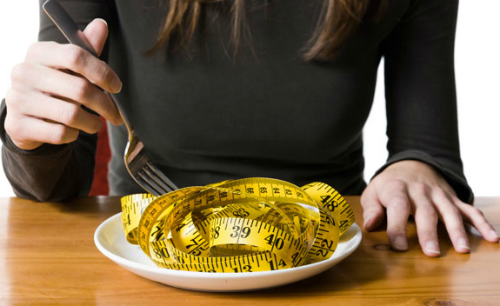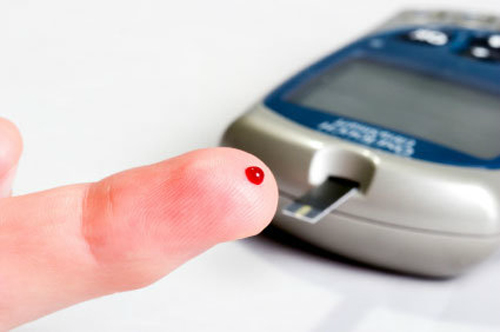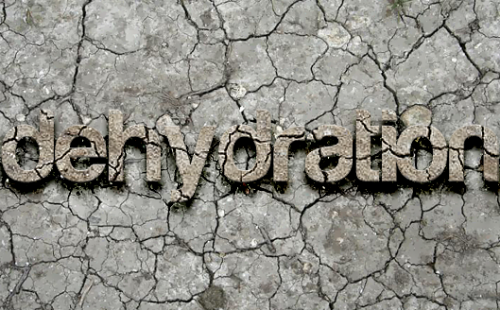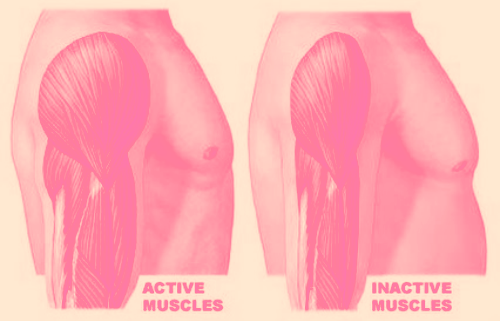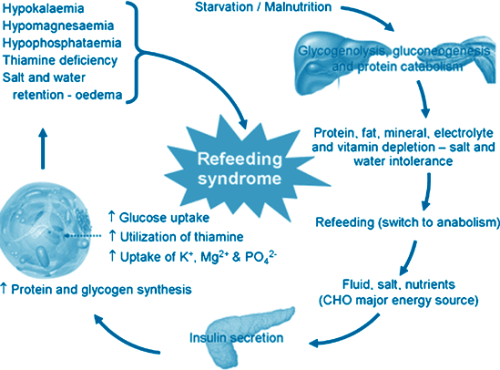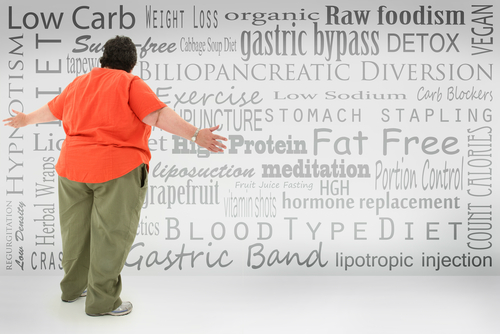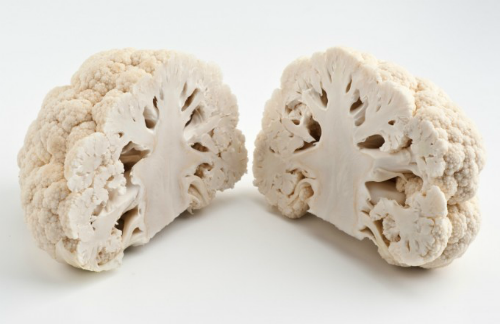Diet fads are increasingly becoming common not only abroad but also in the urban portion of India. Such diets do not make you urbane; don’t just blindly follow a bunch a faddists moving towards a pit. Celebrity diets and other popular diets such as raw food diet and HCG diet, ear stapling and tapeworm diet to name some extreme regimens, are causing havoc in the reel real life. Do these diets suit non-high profile bodies? Should we imitate what the million-dollar earning celebs eat, drink, and sleep? You know the answer…don’t you?
Extreme Results for Short Time — Unwanted Body Changes
Keeping your body craving and unsatisfied for the calories it needs won’t give you results in the way you expected. You may forcefully manage to drop down the needle on your weighing machine, but that weight loss will be achieved at the cost of your health – you may feel nauseated or sluggish all the time while also inviting the risk of some dangerous diseases.
Here are some undesirable body changes that may take place by adopting those fad diets, which force you to drink your every meal and boycott carbohydrates.
I. Your blood sugar goes berserk when you deprive your body of the necessary nutrients, proteins, fiber, and fat throughout the day. This disrupts your insulin and blood sugar levels. Extreme diets such as detox or cleanse diet usually cause insulin resistance due to the irregular spiking and quick dropping of the levels.
II. Your body gets short of water because glycogen becomes the first source of your body for energy – much before fat – when you restrict calories in your diet. Since glycogen, a carbohydrate form, has water attached to its every gram, your body quickly loses water when it burns glycogen.
III. Your muscles get wasted when you lose weight fast. In a steady weight loss regimen, most of the pounds lost – approximately 75% – are from fat while a combination of muscle and water contribute to the remaining 25% of the lost pounds. Therefore, when an aggressive low-calorie (below 1000-1200) diet is followed, it takes a serious toll on your muscle proteins. There have been cases of ventricular arrhythmias, atrophy of heart muscles, and even death due to extreme low-calorie liquid diets.
IV. Your body gets to malnutrition state when you start killing the “calorie” want. Forcing your body to get used to a malnourished condition by following a calorically low diet plan can cause heart failure and your potassium, magnesium, and phosphorous levels to hit a low. Commonly found in anorexia patients, the ‘refeeding syndrome’ is also found to occur in die-hard fans of crash and liquid diets.
V. Your metabolism gets even slower when there’s a heavy muscle shred due to an aggressive low calorie approach. With less muscle, your metabolism rate eventually gets lazy and even lazier than it was earlier you went on a crash diet. With such slower metabolism rate, it’s certainly difficult to lose weight.
Lastly, not to forget, your brain – which is the most powerful organ of your body – could get affected over reasons such as increased level of stress hormone corticosterone, decreased brain growth, and visual-spatial memory impairment.
Juice and Sugary Diets are Dangerous to Health
A fact unveils that celebs go hard on their bodies to absorb the necessary nutrients and vitamins obtained from fruit juices and some diets involving sugar. However, a report from Scientific Advisory Committee on Nutrition (SACN) says that there should be limitations on sugar intake for all people, especially for children below the age of 11 years, as it brings about some serious health complications such as child obesity, diabetes, etc.
“Given the serious health implications of being overweight or obese – including heart disease, type 2 diabetes and some cancers – we are urging parents to take action now,” said Public Health England’s chief executive Duncan Selbie. “Today we call on parents and families to cut sugary drinks from their children’s daily diet.”
Selbie continued to explain that children aging between 10 and 11 years are struggling with obesity and excess body weight due to the high sugary content in their liquid diets containing fizzy drinks, squashes, and fruit juices.
“There is nothing good about a sugary drink, particularly if you are under the age of 11, and we must work together to find ways to wean ourselves from the sugar habit.”
SACN charted out the recommended sugar intake for various ages:
4 to 6 years: 19g or 5 cubes or 3-5 teaspoons
7 to 10 years: 24g or 6 cubes or 4-6 teaspoons
11 years and above: 30g or 7 cubes or 5-7 teaspoons
Having mentioned that, the new rule excluded natural sugars present in intact vegetables, fruits, and dairy products including yogurt and milk.
How to Cut Down on Sugar?
“The clear and consistent link between a high-sugar diet and conditions like obesity and type 2 diabetes is the wake-up call we need to rethink our diet,” said chair of SACN carbohydrates and health working group, Professor Ian Macdonald. “The evidence is stark – too much sugar is harmful to health and we all need to cut back.”
SACN’s chair specifically pointed out the need to go high on fibers to control the high intake of sugar and its sole reliability for gaining energy for the body. With a view to balance out the energy ratio obtained from sugar and fiber foods, Prof. Macdonald suggested increasing fiber intake from 18g to 30g per day.
“Cut down on sugars, increase fiber and we’ll all have a better chance of living longer, healthier lives.”
Breakfast cereals, bread, potato, root vegetables, nuts, rice, and beans are good sources of fiber. Prof. Macdonald also advised to rely on starchy carbohydrates such as wholegrain to obtain half of the daily energy.
To keep you updated, here are some uncommon sources of added sugar which you can avoid:
Sliced bread: 3g sugar per average slice
Coleslaw: 4g sugar per 50g
Low-fat yogurt: 5 teaspoons sugar per pot
Tomato-based pasta sauce: 13g sugar per 150g
Flavored water: 16.5 teaspoons sugar per 1.5 ltr. (approx.)
